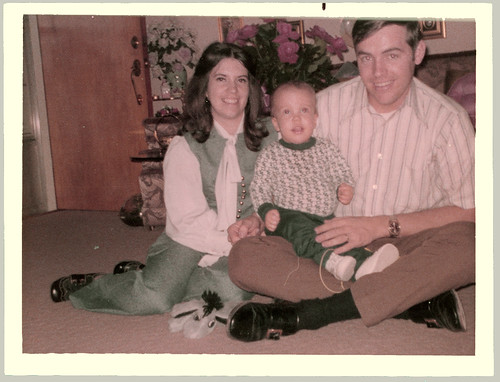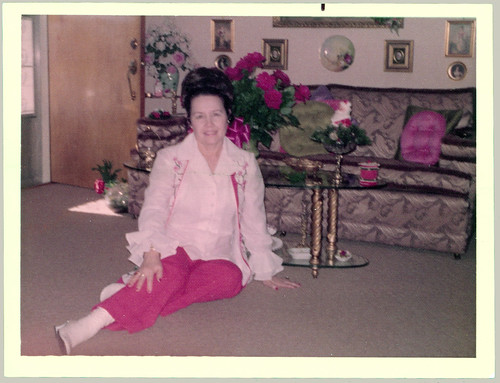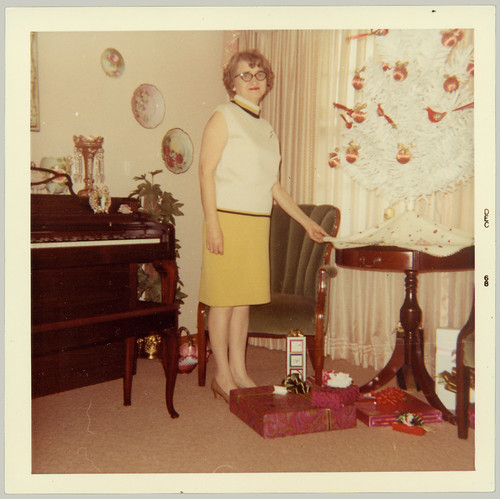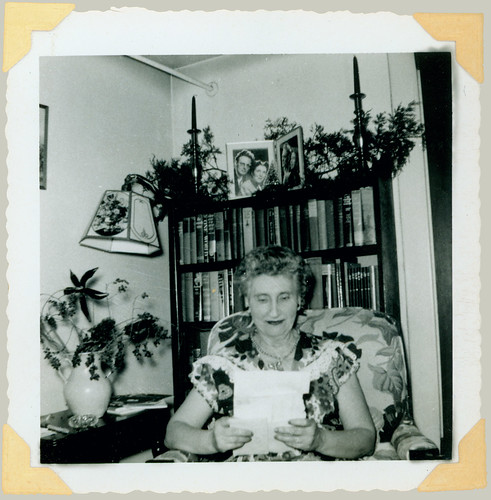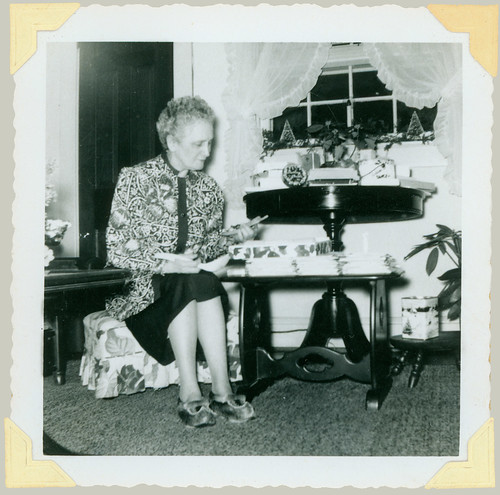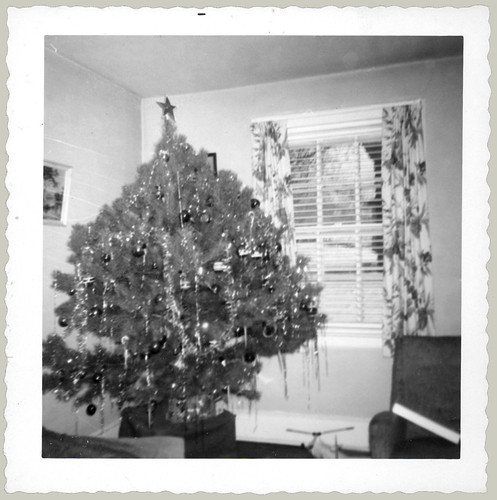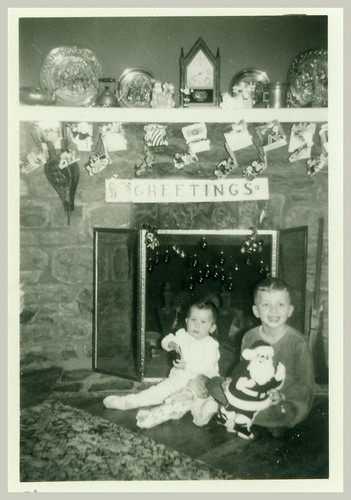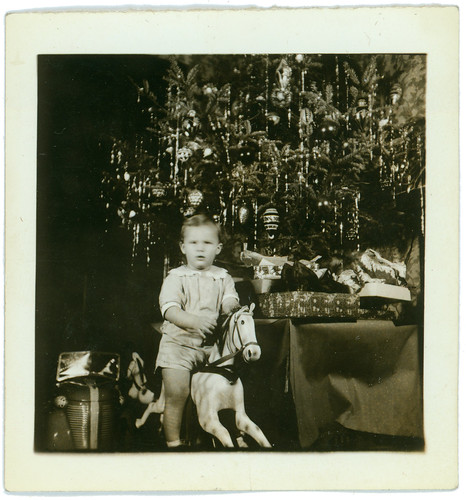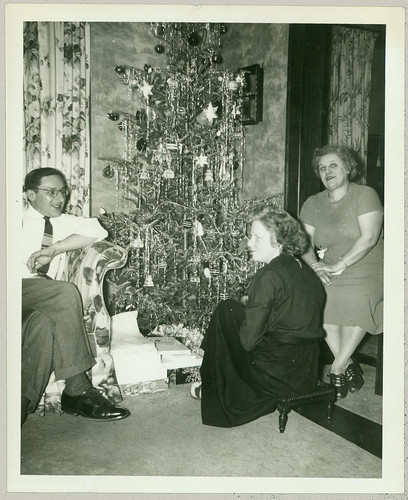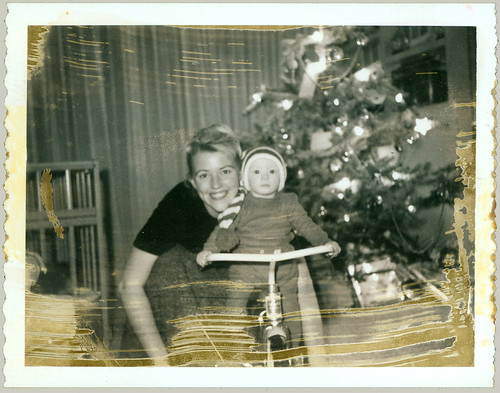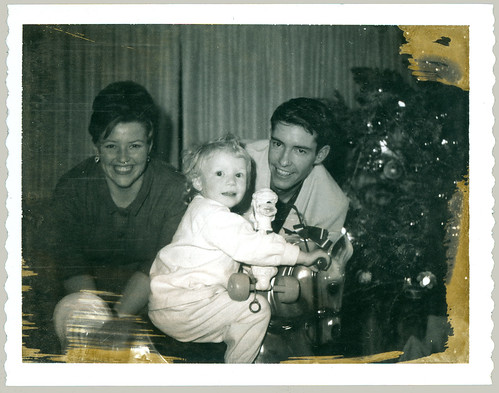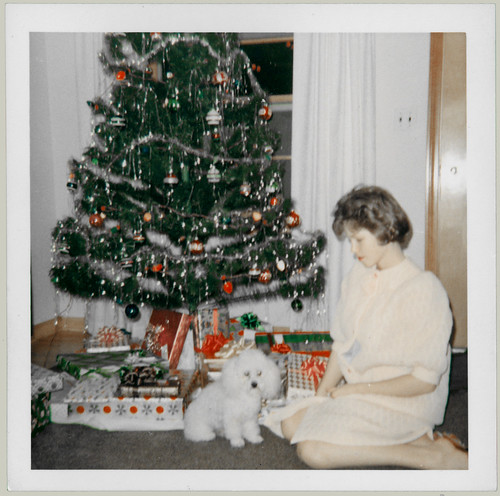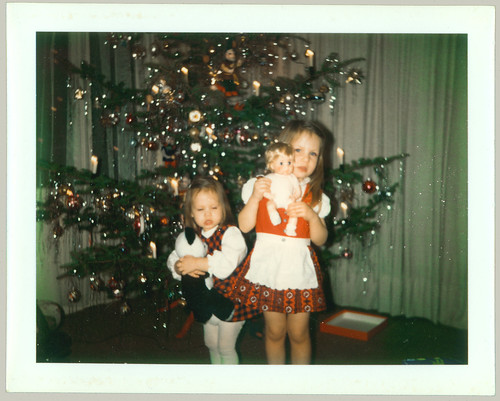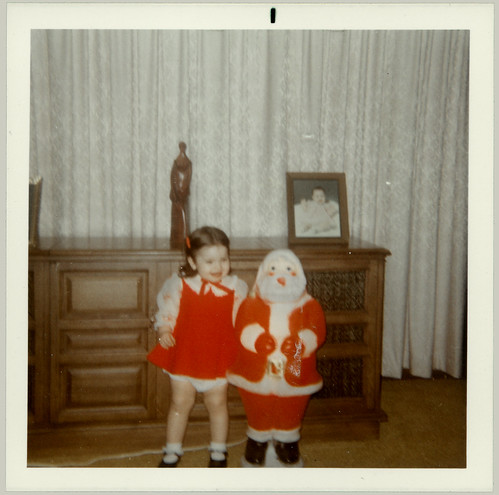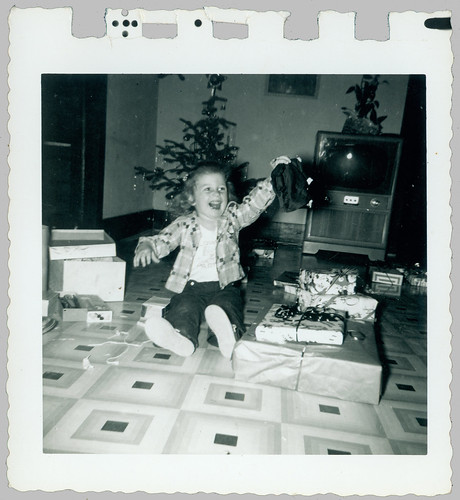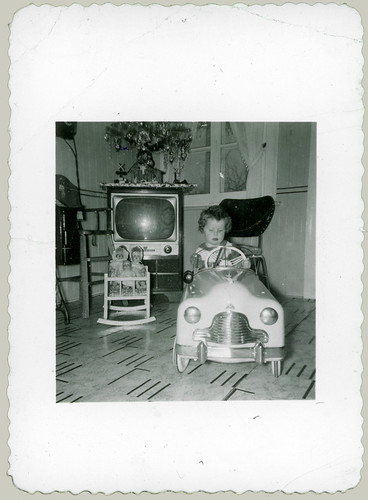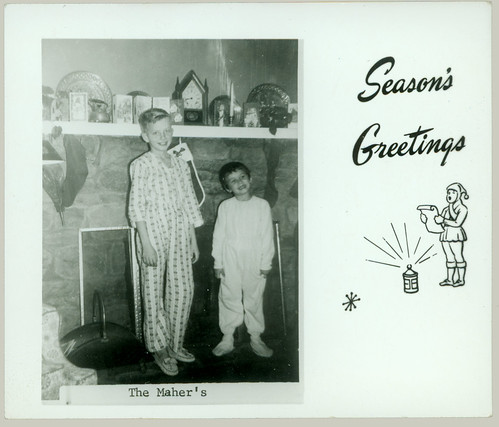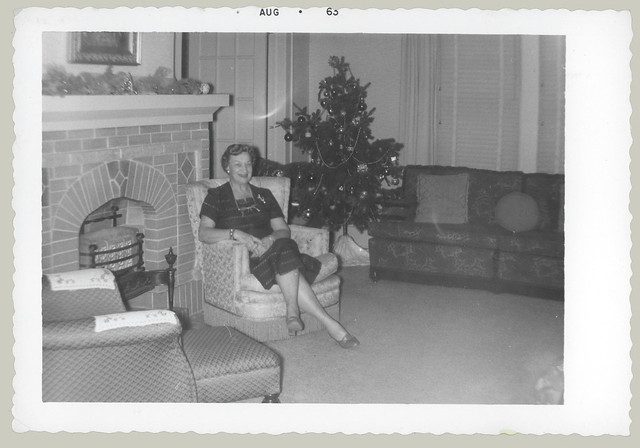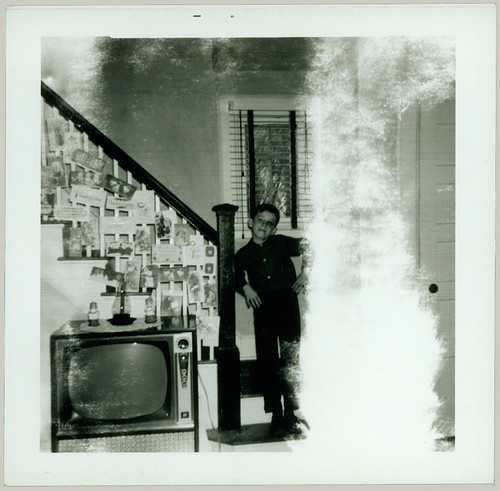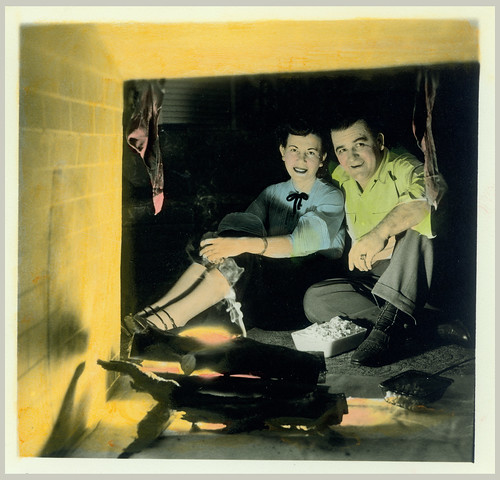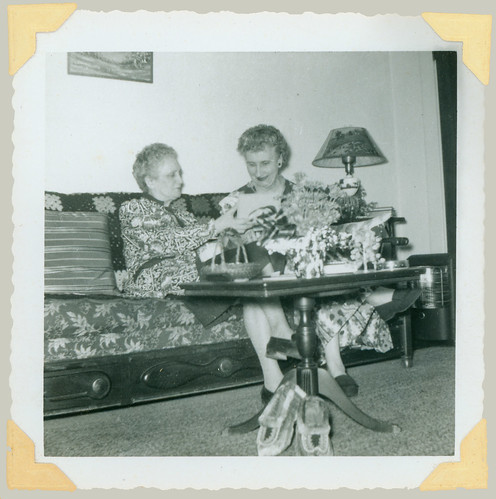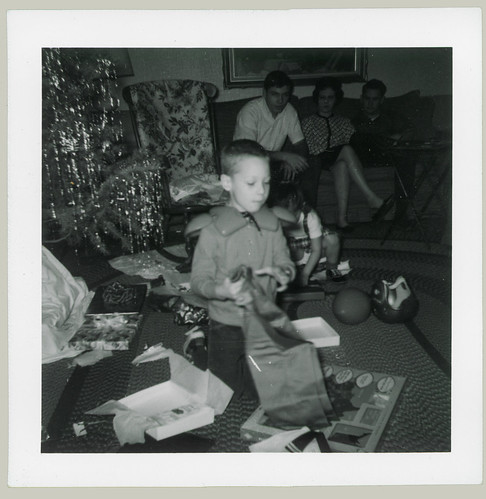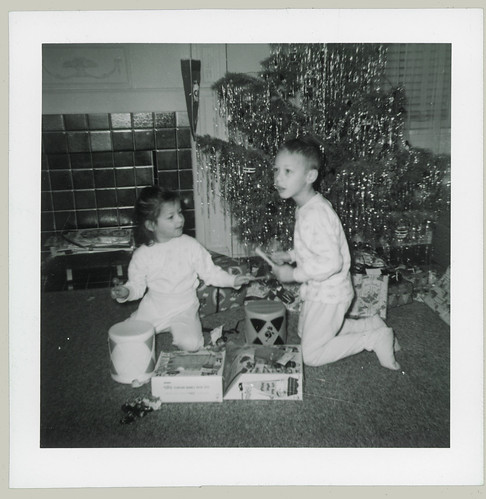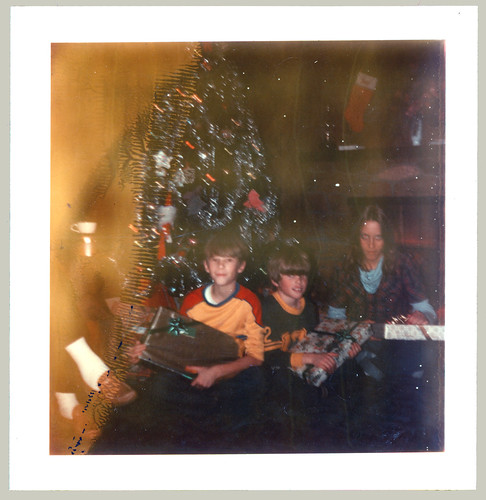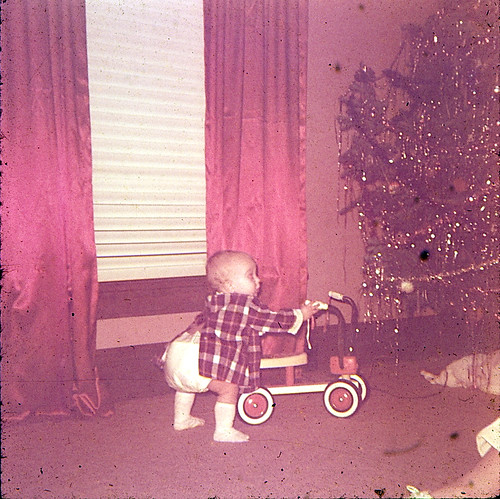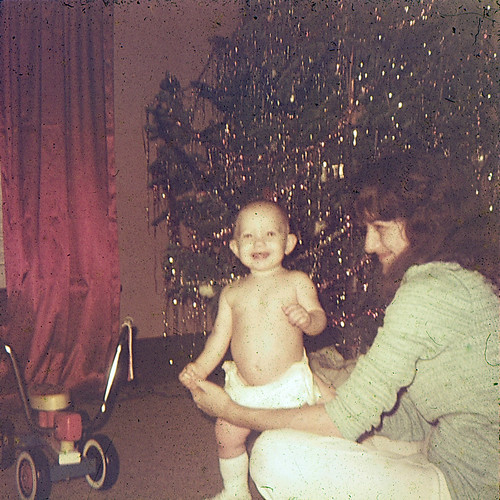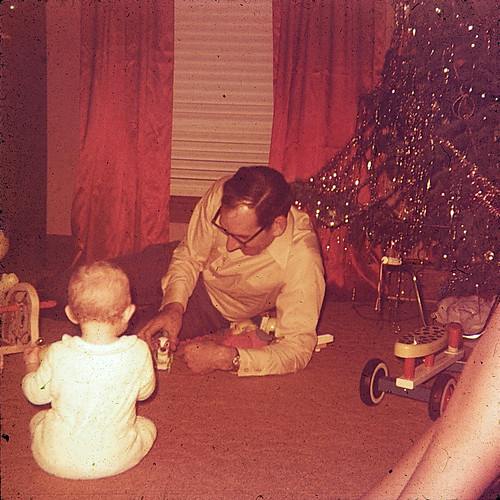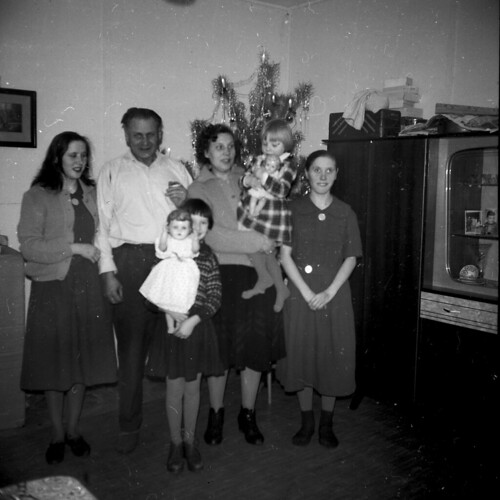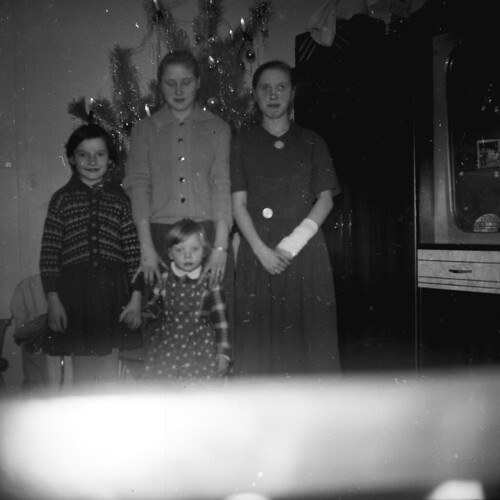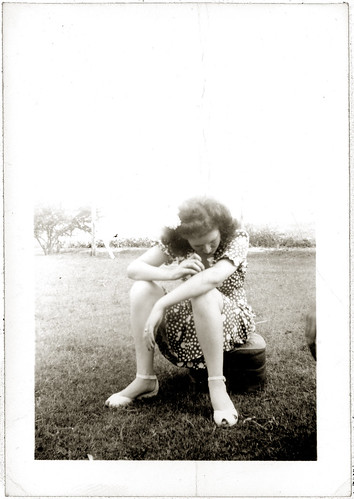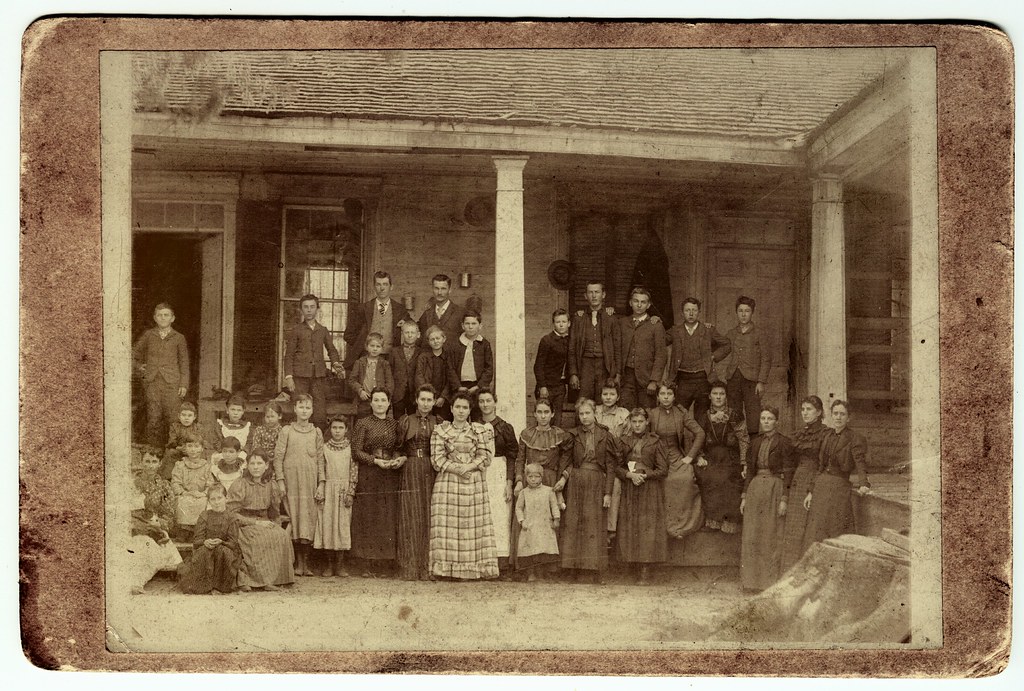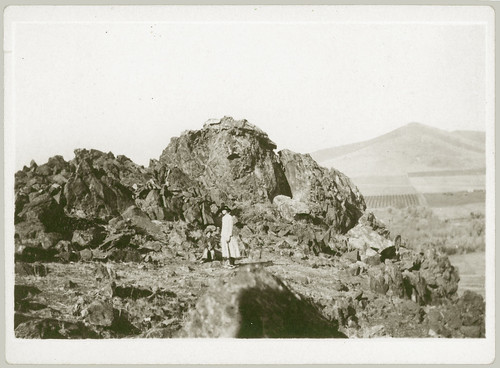Most often a found photograph is of unknown people by an unknown photographer. Occasionally the names of the people in a photograph are written on it later. But, very seldom do we ever learn the name of the photographer.
In the case of the Cabinet Card and the Carte de Viste (CDV) the photographer's name or studio name is often included as part of the mounting. It is sometimes at
the narrow end of the mounting board on the front and sometimes it is given in an elaborate fashion on the reverse of the card.
These pages of the LOST GALLERY will present all of the CABINET CARDS in the collection where the photographer is known.
The name of the photographer will be
repeated in the text so that it can be included in internet searches by Google and Bing and the rest.
As more information about the photographer emerges it will be added here.
This is a project in progress. If you don't find something here on a photographer you are researching, check back again.
Neuman Kanter
(6 Apr 1873 - 22 Dec 1934)
His DOB and immigration dates vary from document to document. The dates used here are from his immigration petition.
Neuman Kanter was apparently a very enterprising person. In 1904 he was operating a wholesale liquor business, a grocery and meat market and a photograph studio. This was all at 504 E Main, Edwardsville, PA, which was also where he lived.
1873
Birth in Minsk, Russia
1889 Sep 11
(Naturalization Card) immigration to US, occupation as photographer
1894
marriage to Rose Wolpow
1895
Naturalization papers as photographer
1900
(US Census) Edwardsville as liquor dealer
1901
(Wilkes-Barre city directory) not listed anywhere
1902
(Wilkes-Barre city directory) Edwardsville as photographer, whlsle liquor, 504 Main
1903
(Wilkes-Barre city directory) not listed in directory
1904
(Wilkes-Barre city directory) Edwardsville as photographer, whlsle liquor, meat mkt, 504 Main
1905
(Wilkes-Barre city directory) not listed in directory
1910 - 1920
(Wilkes-Barre city directory) as liquor wholesaler
1921 - 1925
(Wilkes-Barre city directory) as men’s clothing with Wasserstrom
1933
(Wilkes-Barre city directory) as “Confectioner” but still in clothing business with Wasserstrom
1934
death in Wilkes-Barre, PA
The cabinet card at the left must have been done in 1902 or 1904.
The single reference to an H. E. Kelley, cabinet card era photographer, was found in an 1899 Oakland, CA, city directory. The listing shows the photographer in Irvington, apparently a small community (at that time) 27 miles southeast of Oakland.
No other information has been found.
A. J. Kenyon was found in three city directories that happened to include the small town of Port Leyden. They are 1868 (Booneville), 1871 and 1873 (Utica). After a page by page search of the 1870 US Census covering Port Leydon, NY, only one person with the name Kenyon was found; a Joseph Kenyon, with wife Julie. However, that Joseph Kenyon was a farmer, already 66 years old in 1870, probably too old to be a photographer in the cabinet card era.
It can only be documented so far, that A. J. Kenyon was an active photographer from 1868 to 1873.
Although the connections are a bit sketchy, it appears that the photographer at Newport, AR, was Felix John Kesler (1842-1910). There are no documents showing he was ever in Newport, AR, but at the time, there were no other photographers named Kesler any closer. F. J. Kesler lived in St. Louis, MO, from 1900 to his death in 1910. Saint Louis is just about 200 miles from Newport.
Although it is fairly certain that he moved to Saint Louis, MO, in 1900, between then and 1910 his appearances in the Saint Louis city directories is spotty, as if he may have moved around a bit.
Timeline facts
1842 Sep 14
born in Montgomery, TX
1865 Nov 30
marries Henrietta Louisa Kuhl in Beardstown, IL
1900
US census as photographer at s 4th st
1901 - 1903
NOT in the Saint Louis, MO, city directory
1904
Saint Louis, MO, city directory lists John Kesler as Insurance agent at 2730 Lucas (This is probably not the photographer)
1905 - 1907
NOT in Saint Louis, MO, business section, res section not available
1908
Saint Louis, MO, city directory as photographer at 6130 Clayton
1909
NOT in the Saint Louis, MO, city directory
1910 Apr 27
US census as photographer at 6013 Besthold st, Saint Louis, MO
1910 Oct 15
dies in Saint Louis, MO, at age 68
If these documents are correct, the cabinet card here was probably finished after the move to Saint Louis in 1910.
No research has been done on Kidder yet.
There were two photographers with the name George Killion. One worked in East Saint Louis, IL apparently all his life. The other was George KIllion Jr. who worked in Lancaster, PA, and was apparently never in East Saint Louis.
The George Killion from East Saint Louis, IL, worked as photographer from about 1889 to 1920 always apparently at 343 Collinsville.
Nothing has been found on William E, Kingsbury, Sturgeon, MO.
There were many photographers named Knight in the cabinet card era, three of them in the right geographical area.
Edgar B. Knight
Little Rock, AR
William S. Knight
New Orleans, LA
Thomas B. Knight
New Orleans, LA
No evidence so far on which, if any, might be the photographer here.
Isaac W. Kramer
(5 Mar 1869 - 1928)
Timeline:
1860
born in Russia
1883 or 1885
arrival in US
1888
as retoucher in Des Moines, IA
1889 - 1904
as photographer at 607 Walnut
1905
as photographer at 235 Utica
1906 - 1913
as photographer at 411 Walnut
1914 - 1927
as real estate agent (Except 1924, listed at photographer)
1928
death in Des Moines, IA
The cabinet card at the left would have been done between 1889 and 1894
No research has been done on Kunkle or Kidder yet.
Card stock
1866–1880: square, lightweight mount
1880–1890: square, heavy weight card stock
1890s: scalloped edges
Card colors
1866–1880:
thin, light weight card stock in white, off white or light cream; white and light colours were used in later years, but generally on heavier card stock
1880–1890:
different colors for face and back of mounts
1882–1888:
matte-finish front, with a creamy-yellow, glossy back
(From WIki)
Borders
1866–1880: red or gold rules, single and double lines
1884–1885: wide gold borders
1885–1892: gold beveled edges
1889–1896: rounded corner rule of single line
1890s on: Embossed borders and/or lettering
(From Wiki)
For more information on dating Cabinet Cards see PHOTOTREE
Lettering
1866–1879 Photographer name and address often printed small and neatly just below the image, and/or studio name printed small on back.
1880s on: Large, ornate text for photographer name and address, especially in cursive style. Studio name often takes up the entire back of the card.
Late 1880s–90s Gold text on black card stock
1890s on: embossed studio name or other embossed designs
(From Wiki)
Go back to THE MAIN INDEX PAGE
There are now more than 8,000 photographs in the Lost Gallery.
Or try out the NEW BACK PAGE INDEX




































































































































































































































































































































































































